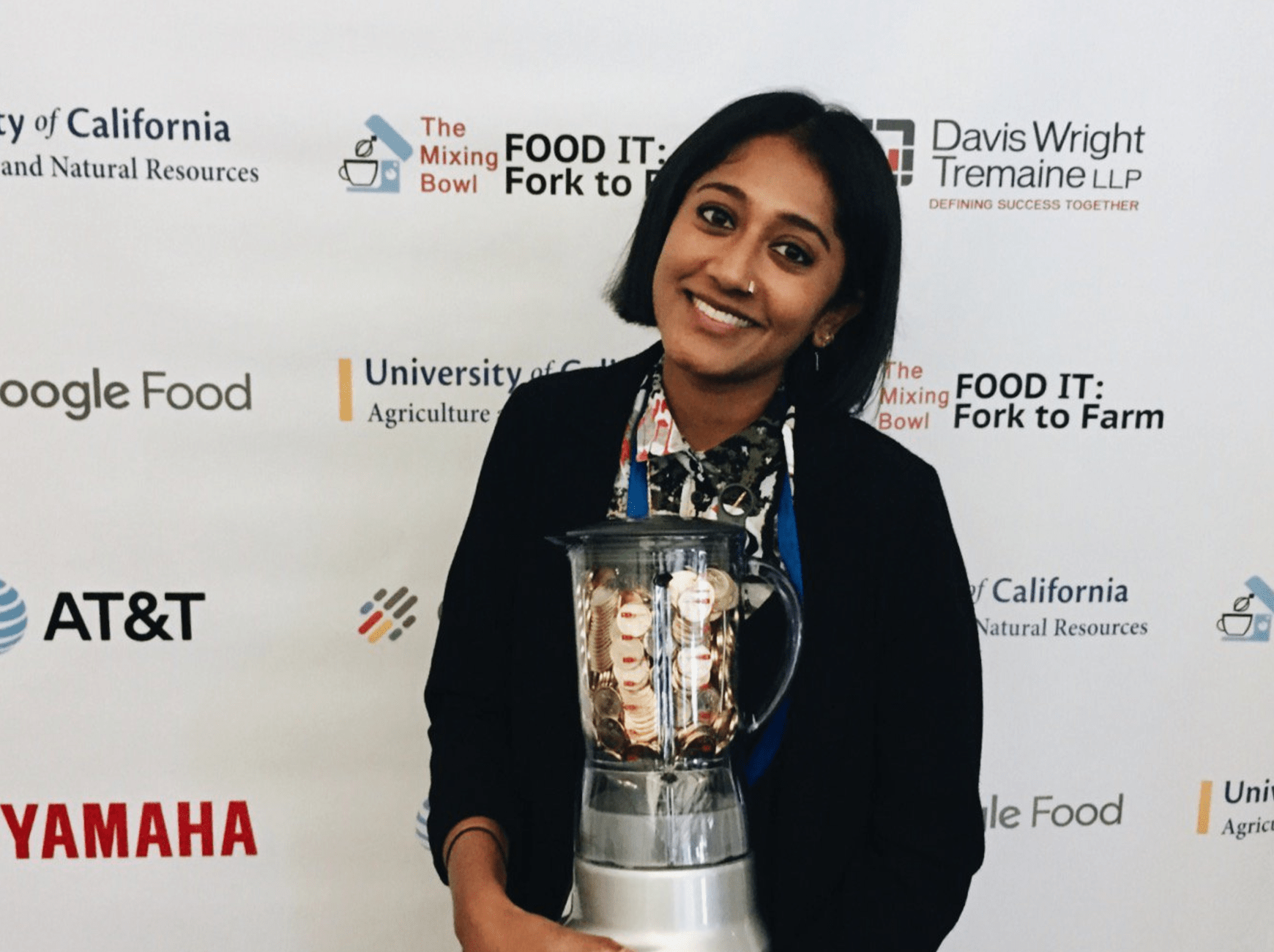Yesterday, food tech and agtech startups, along with investors, nonprofits, and other stakeholders, met up in Mountain View, CA to discuss how downstream consumer decisions affect upstream food decisions and the reverse.
Here are a few highlights from The Mixing Bowl Hub’s Food IT: Farm to Fork Conference:
Walmart Venture Arm on Amazon’s Acquisition of Whole Foods
Katie Finnegan, principal at Walmart’s venture arm Store No.8, said that Amazon’s acquisition of Whole Foods is a strong statement that brick and mortar is not going anywhere.“When it comes to food, there’s always going to be that emotional connection, and that’s where the brick and mortar experience comes in. [The acquisition is] just validating what the consumer has told us already,” said Finnegan.
However, Finnegan agreed with Barbara Brueckner Shpizner of food product development consultant Mattson & Company who said that the brick and mortar is going to shrink in square footage. The number of locations won’t necessarily shrink, however. Instead, grocery stores will act as “hubs” containing only the products consumers prefer to buy in person, with technology integrated into the shopping experience. “The full consumer experience is a combination of technologies that bring the whole supply chain to life,” said Finnegan.
The Talent Wars are Coming
A new theme that surfaced several times at the Silicon Valley event dispelled the notion that robots and automation are going to eventually completely displace workers. Speaking about farm labor supply, Mixing Bowl Hub founder Rob Trice said, “The competition isn’t the farmer down the road; it’s a war for tech talent.”
Both on the tech talent side, the restaurant back-of-house, and low-skill quick serve restaurant (QSR) jobs, businesses in locales with a high cost of living are having trouble finding and retaining enough workers. Chowbotics was pitching a salad robot as an answer to the difficulty finding fast casual and QSR labor. “Chief executives at most fast food chains say that robots are inevitable,” said Deepak Sekar of Chowbotics.
Cooperation and Collaboration within Competition
Kenneth Zuckerberg of Rabobank argued for more structure within food, ag, and technology to facilitate collaboration. “You almost need an industry group that actually can make friends with all the different parts of the value chain,” said Zuckerberg.
Nolan Paul of Driscoll’s echoed the sentiment, saying that a certain level of openness is required to maintain a healthy ecosystem of innovation. “For us, we don’t think that we create our edge in the farm. We do that through breeding and supply chain. If you want to hold things closer to your chest… startups aren’t going to be able to scale.”
Linking Up Big Data
In a discussion about the ”Internet of Tomatoes,” industry experts discussed the various technologies that are quantifying and automating the tomato industry. With big data growing quickly in the agtech space, the issues of standardization and common languages came up more than once.
“One thing that I get a lot of is a one-off company. What the farmer wants is a platform that can take whatever devices work for their operation, pull them all in and work from that,” said Daniel Sonke of Campbell’s, the world’s ninth-largest processor of tomatoes.
He said that an anonymous data reporting system with a regional structure could help farmers talk to each other without loosing iIP or privacy and could be a way to speed up development of big data solutions.
Taking Home the Golden Blender
The winner of MixingBowl Hub’s Golden Blender Award was ImpactVision. Cofounder Abi Ramanan presented her hyperspectral photography product meant to decrease waste and increase transparency in the food system. She claims the technology will be able to identify ripe avocados and other fruits and vegetables, tell the pH of meat and the freshness of fish as well as detect foreign objects among other applications. ImpactVision also took home the People’s Choice award at FoodBytes! New York.
Also pitching were in-home hydroponics unit Hydro Grow, pod-based personalized yogurt maker Yomee, food-prep robotics maker Nourish, animal husbandry data platform Rex, prebiotic sweetener producer Sugarlogix, buy-sell-rent platform for farmland Terva, and online restaurant ordering platform aggregator Your Fare.




